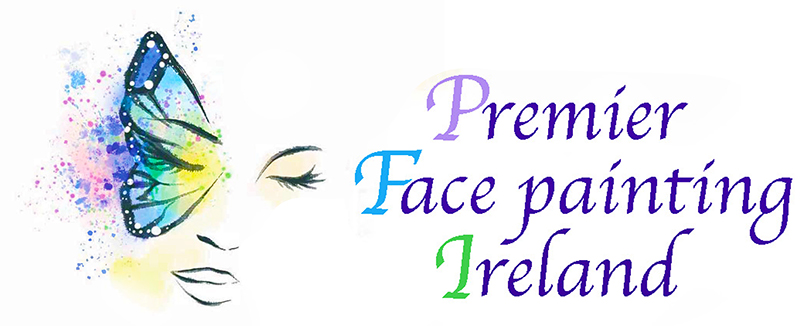Do you need help with line work
Using the correct brushes for your Face painting line work is important
This week we are discussing a very important aspect in becoming a top face painter.. Line work!
When it comes to developing your skills as a face painter, linework should be at the top of the list. Creating clean and accurate lines swiftly and effortlessly requires a lot of experience.. so practice is key!
1. Buy in professional round and liner brushes
Based on my own experiences, the kind of brush used can significantly impact your line work. Using a set of professional-grade, high-quality brushes makes doing line work much easier than using cheaper brushes. With that said, you can sometimes come across a gem from your local art shop.
When it comes to purchasing tools and accessories, beginners may find themselves sacrificing quality because they are typically on a tight budget. We find the brushes from Create in #0,1,2,3 are great for creating finer lines that are only €2 in our local art shop. You can trial and test a few but we suggest investing in a professional brush set.
Professional brushes can last for many years if you use, wash, store, and sanitise them correctly. Cheaper brushes tend to wear out quickly and need to be replaced.
Round brushes are primarily used for creating shapes and for linework:
teardrops, curved teardrops, hook teardrops, swirls, tiger stripes, dots and outlining.
Here are some of our favourite brands that we like to use and we are also coming out with our own brush line this year but we will do an announcement on that topic closer to the launch!
Essentials by Samantha Helen are fantastic and we love so many of her brushes and find them to be at a good price point. She includes different size round brushes, script liners and smaller detail liners.
Next up is Loew Cornell brushes, they have flexible bristles that come in many different round brush sizes.
Those are just to name a few, you can also try Jest paint, Blazin brush, Leanne brushe and again we will announce when ours is launching!
2. Always hold your brush upright
You should always hold your brush perpendicular to the skin when doing any type of linework.
In our beginners face painting course we constantly say to hold your brush upright throughout our demonstrations. It’s a habit that you should learn from the beginning. Once your brush goes sideways your lin work will become messy and your brush bristles will flick outwards resulting in thick messy lines.
3. Make sure the paint is the proper consistency.
Vibrant colours and crisp lines can be achieved by using the proper paint consistency. The most effective paint consistency for linework is similar to a light hand cream.
Also make sure you are activating your paints correctly, you want to add the right amount of water, not too much (otherwise your paint will drip and be translucent) or add too little (your paint will run out quickly and fade.)
4. Practice panting from thin to thick and thick to thin
To get lines of varying thickness, adjust the pressure applied to your brush. A face painter needs this skill more than anything else, although mastery may take months or even years.
To go from thick to thin, keeping your brush upright, press down and then gradually lift up lightening your pressure and finish with the tip of your brush from a crisp finish and reverse this technique to go from thin to thick.
5. Practice all the basic line work
Practise each form of line as often as possible. There are six major lines in face painting:
– straight teardrop
– curved teardrop
– hook teardrop
– tiger stripes and tadpoles
– swirls
– dots and dot clusters
We teach every line work technique in depth in our course with slowed down and up close clips and we demonstrate the common mistakes made so you can see the difference clearly.
We hope this post has helped and check out our socials, tiktok, instagram, facebook, youtube and interest to see face paint designs and tutorials.
Stay creative,
Selena, Amber and the team

